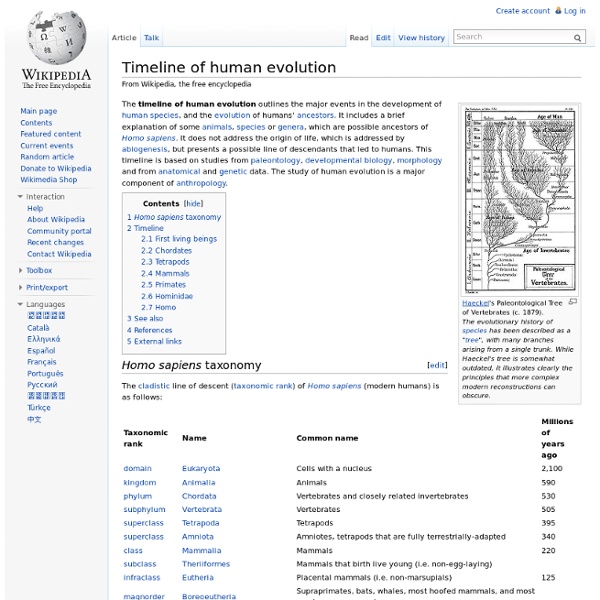



Burgess Shale The Burgess Shale Formation, located in the Canadian Rockies of British Columbia, is one of the world's most celebrated fossil fields.[2] It is famous for the exceptional preservation of the soft parts of its fossils. At 505 million years (Middle Cambrian) old,[3] it is one of the earliest fossil beds containing soft-part imprints. The rock unit is a black shale and crops out at a number of localities near the town of Field in Yoho National Park and the Kicking Horse Pass. Another outcrop is in Kootenay National Park 42 km to the south. History and significance[edit] The Burgess Shale was discovered by palaeontologist Charles Walcott on 30 August 1909,[4] towards the end of the season's fieldwork.[5] He returned in 1910 with his sons, daughter, and wife, establishing a quarry on the flanks of Fossil Ridge. With Parks Canada and UNESCO recognising the significance of the Burgess Shale, collecting fossils became politically more difficult from the mid-1970s. Geological setting[edit]
Domesticated silver fox The result of over 50 years of experiments in the Soviet Union and Russia, the breeding project was set up in 1959[1] by Soviet scientist Dmitri Belyaev. It continues today at The Institute of Cytology and Genetics at Novosibirsk, under the supervision of Lyudmila Trut. Initial experimentation[edit] In a time when centralized political control exercised over genetics and agriculture was an official state doctrine, known as Lysenkoism, Belyaev's commitment to classical genetics had cost him his job as head of the Department of Fur Animal Breeding at the Central Research Laboratory of Fur Breeding in Moscow in 1948.[2] During the 1950s, he continued to conduct genetic research under the guise of studying animal physiology. Belyaev believed that the key factor selected for in the domestication of dogs was not size or reproduction, but behavior; specifically, tameability. The project also investigated breeding vicious foxes to study aggressive behavior. Current project status[edit]
Systematic Evolution of Ligands by Exponential Enrichment A general overview of in vitro selection protocol. NA stands for Nucleic Acids (DNA, RNA, PNA) which start as a random pool, and are enriched through the selection process. The technique has been used to evolve aptamers of extremely high binding affinity to a variety of target ligands, including small molecules such as ATP[7] and adenosine[8][9] and proteins such as prions[10] and vascular endothelial growth factor (VEGF).[11] Clinical uses of the technique are suggested by aptamers that bind tumor markers[12] and a VEGF-binding aptamer trade-named Macugen has been approved by the FDA for treatment of macular degeneration.[11][13] One caution advanced in relation to the method emphasizes that selection for extremely high, sub-nanomolar binding affinities may not in fact improve specificity for the target molecule.[14] Off-target binding to related molecules could have significant clinical effects. Obtaining ssDNA[edit] See also[edit] Bacterial one-hybrid system References[edit] Aptamer Base